STRUCTURAL STEEL ERECTION WORKS
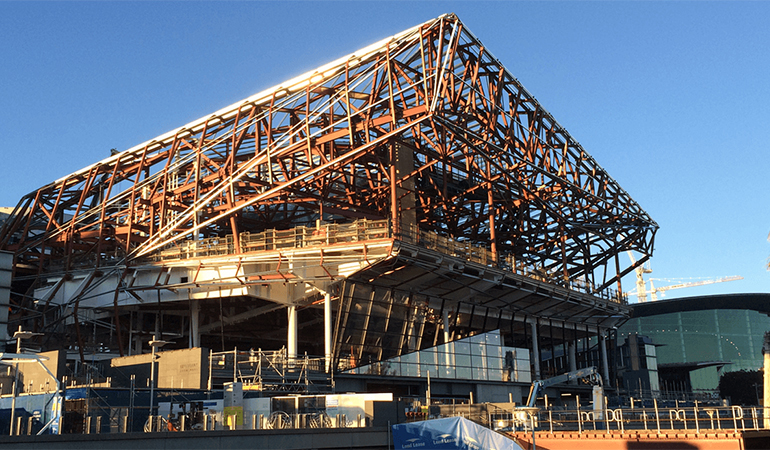
Both processes demand precision and coordination among engineers, fabricators, and erectors to ensure the structural integrity and safety of the final build.
Structural steel erection and fabrication are pivotal processes in modern construction, providing the skeleton for many buildings and infrastructure projects. Steel fabrication involves transforming raw steel into precise structural components according to detailed design specifications. This begins with the creation of shop drawings, which guide the cutting, drilling, and welding of steel sections such as beams and columns. The steel is then assembled and inspected for quality, before being coated to protect against corrosion.
Once fabricated, steel erection commences on-site. This phase requires meticulous planning, including the preparation of the foundation and the establishment of layout points. Fabricated steel components are delivered, stored, and then lifted into place using cranes. Temporary supports are used to hold the steel in position while connections are made with bolts or welds, and the structure is carefully aligned. Final inspections ensure that all components are correctly installed and that the structure meets safety and design standards before removing temporary supports and making any final adjustments.
MECHANICAL EQUIPMENTS
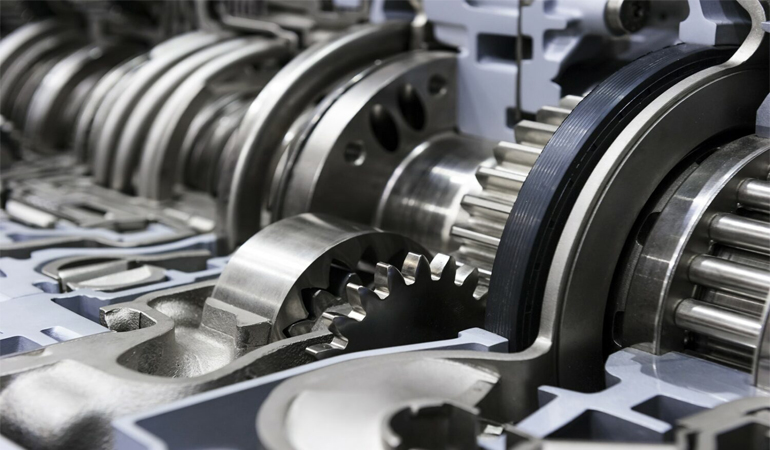
Mechanical equipment installation and maintenance are crucial for ensuring the efficient and reliable operation of various systems within buildings and industrial facilities. Installation involves the precise placement and setup of mechanical systems, such as HVAC units, pumps, boilers, and machinery. This process begins with detailed planning and site preparation, including the alignment of equipment, connection to power sources, and integration with existing systems. Proper installation ensures that all components function harmoniously and adhere to safety standards and operational specifications.
Maintenance, on the other hand, is an ongoing process designed to preserve the functionality and extend the lifespan of mechanical equipment. This involves routine inspections, lubrication, calibration, and the replacement of worn or damaged parts. Regular maintenance helps prevent breakdowns, improve efficiency, and ensure compliance with safety regulations. Technicians perform diagnostic tests to identify potential issues before they escalate, thereby minimizing downtime and repair costs. Together, effective installation and diligent maintenance are essential for the smooth operation of mechanical systems, contributing to overall operational efficiency and safety.
PIPING FABRICATION
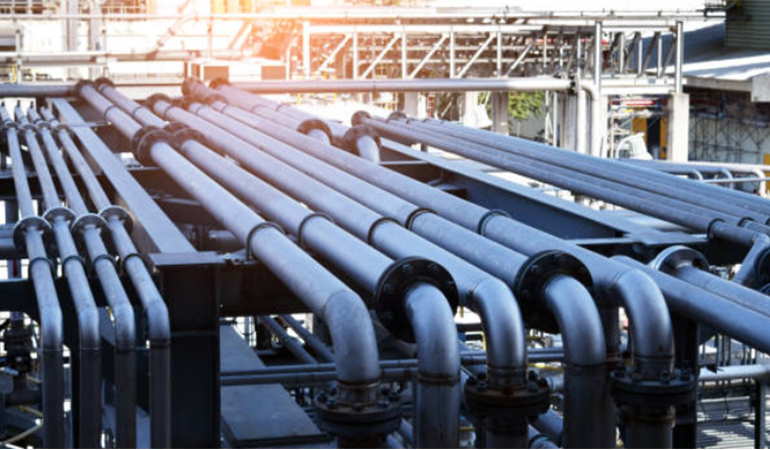
Piping fabrication and installation are critical processes in constructing and maintaining various systems, including water, gas, and chemical pipelines. Piping fabrication begins with the precise cutting, bending, and welding of pipe sections according to detailed engineering drawings. This process involves creating custom pipe fittings, valves, and supports to ensure that each segment fits perfectly and functions correctly within the overall system. Fabricated pipes are then tested for quality and compliance with industry standards before being transported to the installation site.
Piping installation involves the careful placement and assembly of these pre-fabricated components at the construction site. This process includes securing pipes with hangers and supports, connecting them to existing systems or new infrastructure, and ensuring proper alignment and slope to facilitate fluid flow. Installation also involves pressure testing and leak detection to confirm the integrity of the system. Effective piping fabrication and installation are essential for the seamless operation of fluid transport systems, ensuring reliability, safety, and efficiency in the delivery of essential services.
INSULATION WORKS
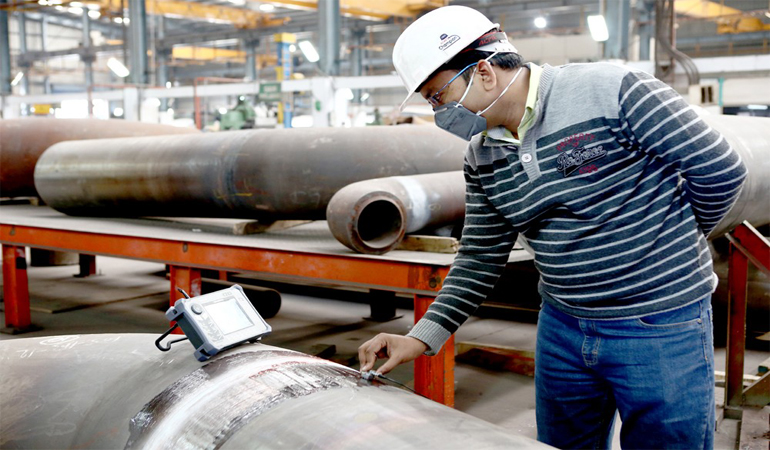
Insulation works are essential for enhancing energy efficiency, ensuring safety, and improving comfort in various buildings and industrial systems. The process involves applying insulating materials to pipes, ducts, walls, ceilings, and other surfaces to regulate temperature, prevent heat loss or gain, and control noise. Insulation materials, such as fiberglass, foam, and mineral wool, are chosen based on their thermal resistance properties and suitability for the specific application. The installation begins with the preparation of surfaces, followed by the accurate cutting and fitting of insulation materials to cover the designated areas. Proper insulation helps reduce energy consumption by maintaining desired temperatures, thereby lowering heating and cooling costs. Additionally, it protects systems from extreme temperatures, prevents condensation, and contributes to a safer environment by reducing the risk of fires and injuries related to hot or cold surfaces. Effective insulation also enhances acoustic performance by minimizing noise transmission between spaces. Overall, insulation works play a crucial role in optimizing building performance and operational efficiency.
PAINTING WORKS
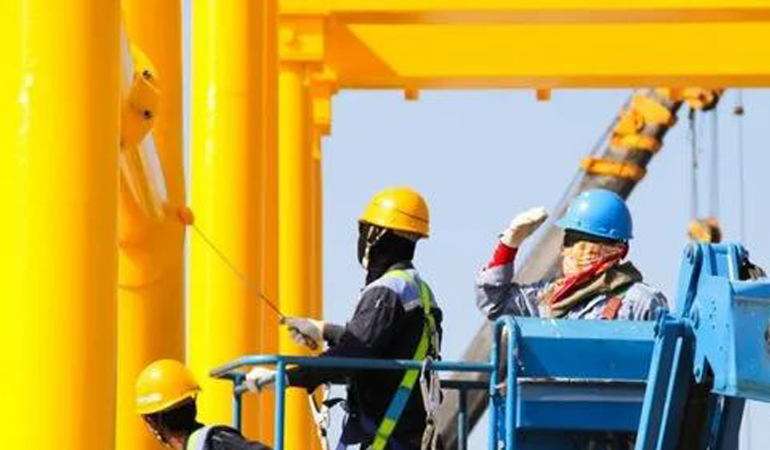
Painting works are a fundamental aspect of both the aesthetic enhancement and protection of various surfaces in construction and renovation projects. This process involves the careful preparation and application of paint or coatings to walls, ceilings, floors, and other surfaces to achieve a desired finish and protect against environmental factors. Surface preparation is crucial and includes cleaning, sanding, and priming to ensure proper adhesion and a smooth finish. Once prepared, paint is applied using techniques such as brushing, rolling, or spraying, depending on the surface and desired outcome. Multiple coats may be applied to achieve the required opacity and durability. The choice of paint, whether it is water-based, oil-based, or specialty coatings, depends on the specific requirements of the project, including durability, resistance to moisture or chemicals, and ease of maintenance. Proper painting not only enhances the visual appeal of a space but also provides a protective barrier against weathering, corrosion, and wear, contributing to the longevity and upkeep of the surfaces.
ELECTRICAL EQUIPMENTS
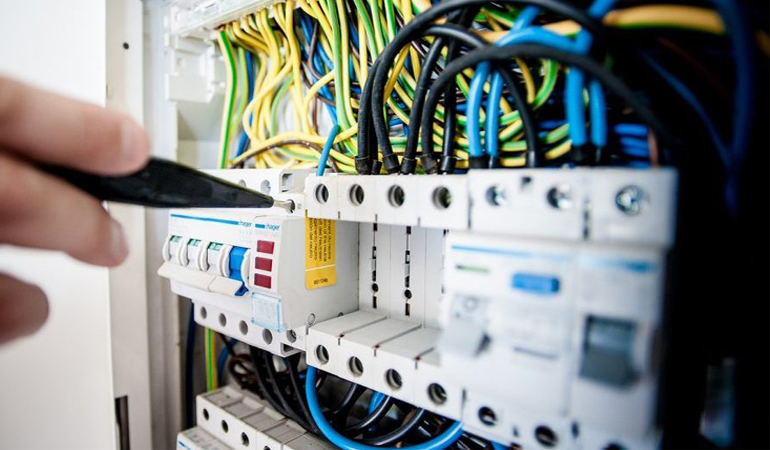
Electrical equipment installation and maintenance are essential for ensuring the reliable and safe operation of electrical systems within buildings and industrial facilities. Installation involves setting up and connecting various electrical components, such as circuit breakers, transformers, lighting fixtures, and wiring systems, according to detailed schematics and safety standards. This process includes careful placement, secure mounting, and proper connection to power sources, ensuring that all components function correctly and efficiently.
Maintenance is an ongoing activity aimed at preserving the functionality and safety of electrical systems. It involves regular inspections, testing, and servicing of electrical equipment to identify and address potential issues before they lead to failures or hazards. This can include tasks such as tightening connections, replacing worn-out parts, calibrating systems, and updating outdated components. Effective maintenance helps prevent electrical faults, reduces downtime, enhances system performance, and ensures compliance with safety regulations. Together, thorough installation and proactive maintenance are crucial for the seamless operation of electrical systems, contributing to the overall safety and efficiency of the facility.
WELDING WORKS
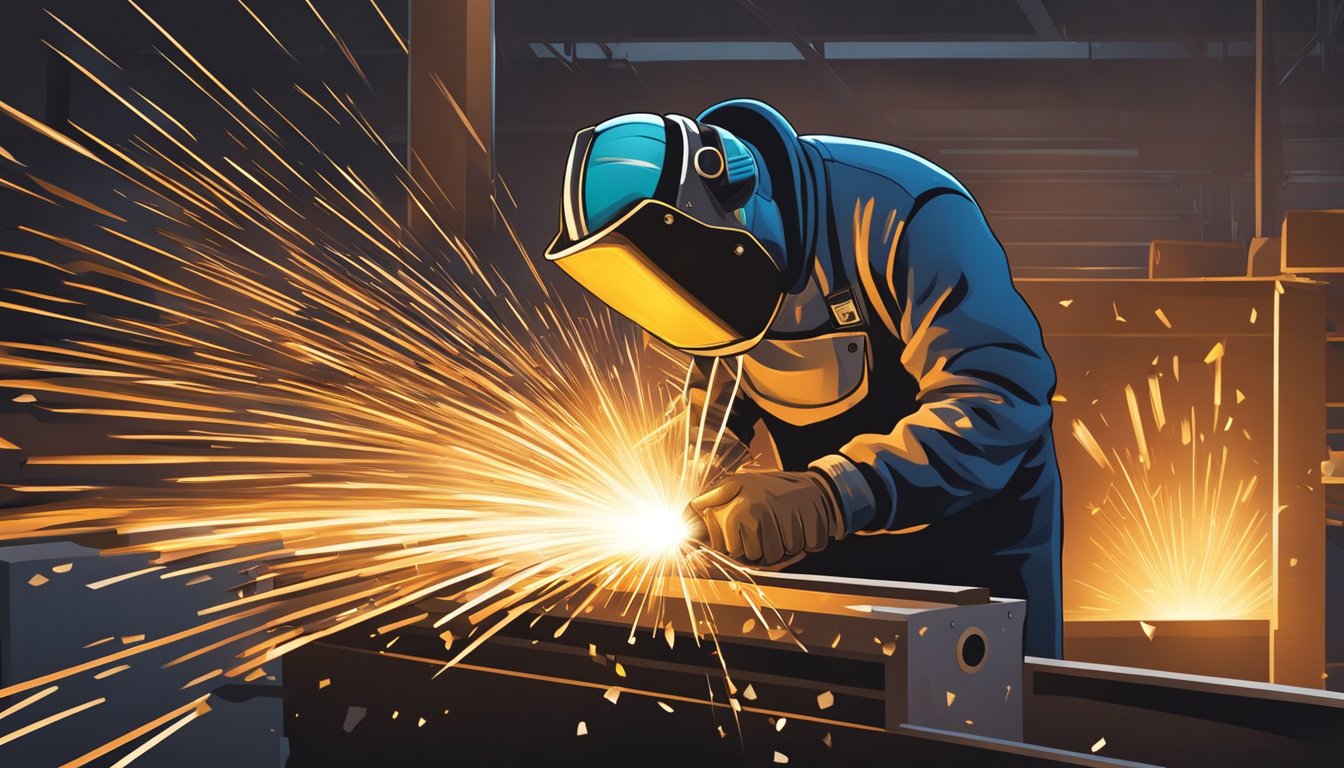
Welding works are a critical component in the construction and manufacturing industries, involving the process of joining metal parts through the application of heat and pressure. The welding process starts with preparing the surfaces to be joined by cleaning and aligning them to ensure a strong bond. Various welding techniques, such as arc welding, MIG (Metal Inert Gas) welding, TIG (Tungsten Inert Gas) welding, and stick welding, are employed depending on the materials and the specific requirements of the project. The chosen method is used to melt the edges of the metal pieces and, often, to introduce a filler material that solidifies to form a robust and durable joint.
Post-welding procedures include inspecting the welds for quality and integrity, which may involve non-destructive testing methods like ultrasonic or X-ray inspection. Proper finishing and cleaning are also crucial to remove slag and ensure a smooth surface. Welding is essential for creating strong, reliable joints in a variety of structures, from bridges and buildings to pipelines and machinery. Effective welding not only ensures structural integrity and longevity but also adheres to industry standards and safety regulations.
